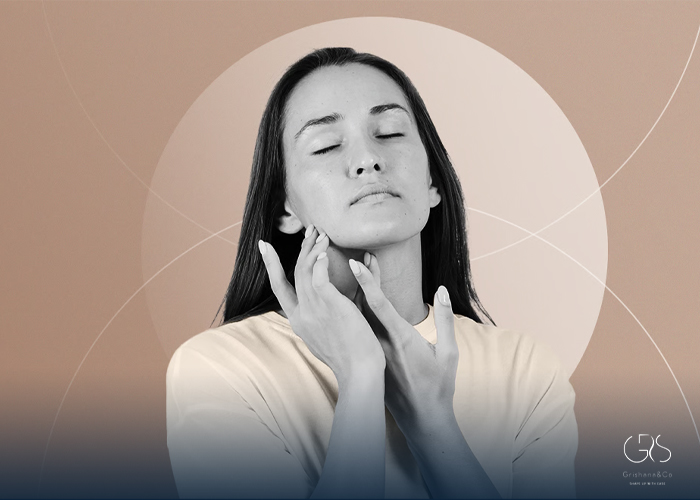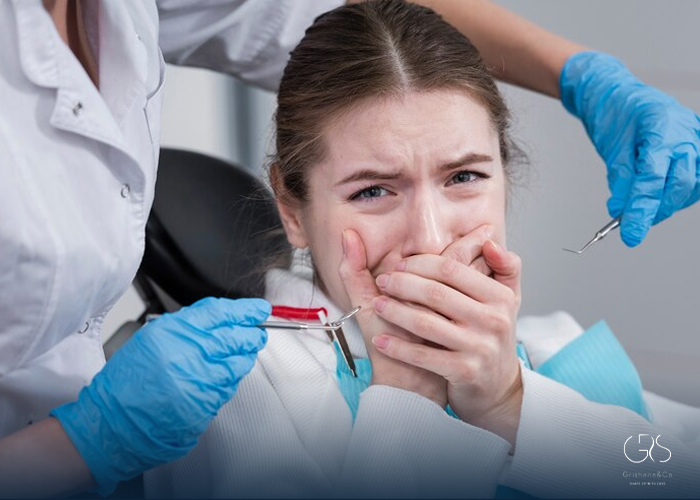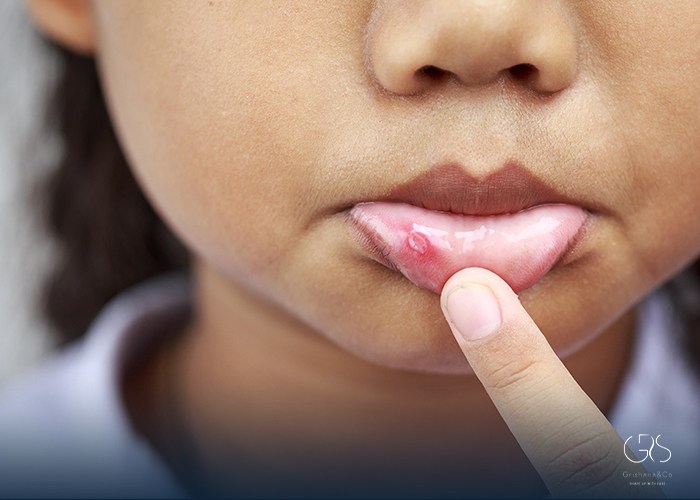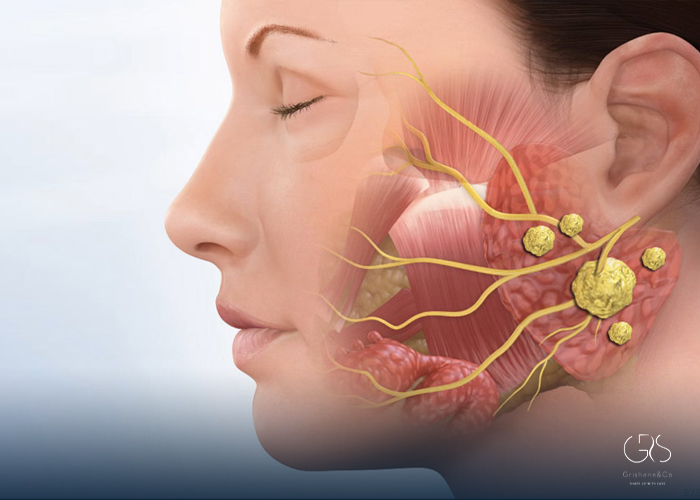The practice of Mewing, popularized by Dr. John Mew, a British orthodontist, has garnered attention as a natural method for enhancing facial structure. The concept of Mewing revolves around the correct posture of the tongue, which is believed to influence facial development. Dr. Mew argues that by placing the tongue on the roof of the mouth and maintaining proper lip and teeth posture, individuals can potentially influence the growth and alignment of their facial bones, resulting in a more pronounced jawline and improved breathing patterns.
How To Mew and Does Mewing Work?
Mewing is often described as the act of applying consistent pressure from the tongue on the maxilla (the upper jaw), and maintaining this posture at rest. Advocates of Mewing advise individuals to keep the tongue on the roof of the mouth, with gentle pressure applied, while resting the lips gently together without clenching the teeth. Proponents of Mewing claim that practicing this oral posture can positively impact facial structure by encouraging healthy bone growth and alignment, potentially leading to a more defined jawline and improved facial aesthetics.
Does Mewing Work?
The question of whether Mewing can indeed reshape the face garners diverse opinions from various perspectives. Proponents argue that tongue posture plays a crucial role in facial development, citing studies that have shown a correlation between tongue posture and facial form, particularly in children. A study in the Journal of Physical Therapy Science found that tongue posture is associated with the development of the facial structure in growing individuals. However, it is important to note that more extensive research is necessary to establish a direct cause-and-effect relationship between Mewing and facial reshaping in adults.
Opponents of Mewing express skepticism about its effectiveness in producing noticeable changes in facial structure, particularly in adults. They point out that while proper tongue posture is crucial for overall oral health, Mewing alone may not lead to significant and long-lasting alterations in facial features. Comprehensive orthodontic treatment, they argue, is often necessary for individuals seeking substantial changes in facial structure.
Potential Risks
As with any practice, there are potential risks associated with Mewing, particularly if done incorrectly. Excessive force exerted by the tongue, incorrect posture, or excessive strain on the jaw joints can result in jaw pain, discomfort, and potential misalignment of the teeth. Furthermore, there is a risk of inadvertently exacerbating existing dental or orthodontic issues by practicing Mewing without professional guidance. Individuals considering Mewing should be aware of these potential risks and consider seeking advice from qualified healthcare professionals to ensure safe and effective practice.
Treatment Alternatives to Mewing

For individuals seeking to address concerns about facial structure, there are alternative treatments and procedures that have been established through scientific research and orthodontic practices. Orthodontic treatments such as braces, aligners, and orthognathic surgery offer established methods for reshaping the jawline and enhancing facial aesthetics. These treatment options are often backed by extensive research and professional expertise, providing individuals with a range of choices to address their specific needs.
Conclusion
Mewing has sparked diverse perspectives on its potential to reshape the face. While there is some research indicating a relationship between tongue posture and facial structure, the evidence supporting the effectiveness of Mewing remains limited, particularly in adults. It is essential for individuals considering Mewing to approach it with cautious optimism, understanding the potential risks and limitations associated with this practice. Seeking guidance from qualified healthcare professionals and exploring alternative treatments may be beneficial for those seeking to address concerns about their facial structure in a safe and effective manner.
Sources
- NewScientific Research, Everything you need to know about mewing
- Journal of Oral and Maxillofacial Surgery, Mewing: Social Media's Alternative to Orthognathic Surgery?
- National Library of Medicine, Differences in the factors associated with tongue pressure between children with class I and Class II malocclusions










